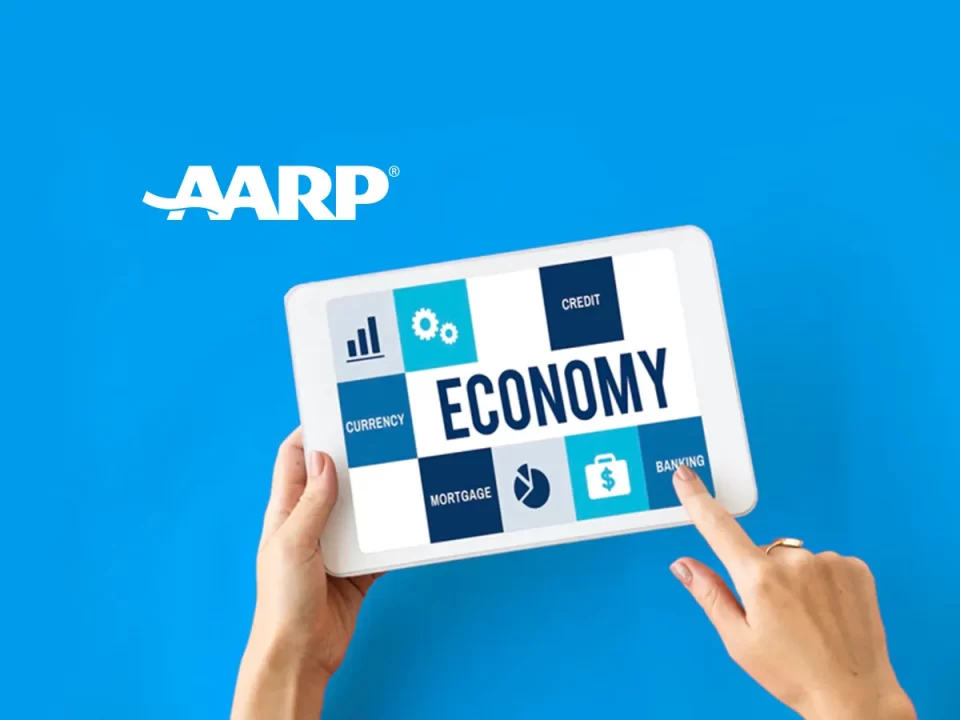Access to caregiving benefits offered by US employers has increased nationwide since AARP and S&P Global’s 2020 report; there is more to be done, however, particularly for adult caregivers.
New analysis of a survey conducted in 2023 by AARP and S&P Global shows that the unpredictable nature of caregiving for an adult is among the biggest stressors that caregivers face:
67% of family caregivers have difficulty balancing their jobs with caregiving duties.
27% of working caregivers have shifted from full-time to part-time work or have reduced hours, 16% have turned down a promotion.
16% have stopped working entirely for a period of time — and 13% have changed employers — in order to meet caregiving responsibilities.
Further, the report highlights that as the nation’s number of older adults 65-plus is projected to surpass the population of children by 2030, US employers must continue to implement policies and benefits that are friendly and supportive of adult caregiving to retain this critical segment of employees in the workforce.
To understand caregivers’ experiences in the workplace and the significance of employer benefits for balancing work and family care obligations, AARP and S&P Global surveyed 1,200 self-identified caregivers who work full-time or part-time at large US companies (with more than 1,000 employees) and provide at least six hours of care each week to an adult.
Fintech Insights: Hyper-personalization in Banking: The Tech Journey to Serving a Segment of One
Highlights from the Working while caregiving: It’s complicated report include:
- 80% of respondents agree that companies were more understanding of childcare issues than adult caregiving responsibilities; this is particularly the case among caregivers who have an under-18 child in the home and therefore have recent experience of both situations. Caregivers without children reported less satisfaction with company support than caregivers with children — 69% versus 89%, respectively.
- Remote workers were more likely to feel penalized or discriminated against at work because of caregiving responsibilities compared to in-office or hybrid workers — 49% versus a combined average of 29%. This may reflect employer challenges in assessing and engaging with remote employees’ work-life needs.
- Among working caregivers providing more than 21 hours of care a week, 37% are experiencing significantly increased difficulty due to inflation. For those providing fewer than 10 hours of care, 25% say inflation has made providing care significantly more difficult.
Previous AARP research shows that of the nearly 48 million family caregivers in the US, 61% are working while juggling caregiving responsibilities, including assistance with daily living activities, medical or nursing tasks, coordinating services and supports, transportation, shopping, and serving as an advocate for their care recipient. Most family caregivers provide at least 20 hours of care each week, equal to an unpaid part-time job, according to AARP.
“As the backbone of America’s long-term care system, providing $600 billion every year in unpaid labor, family caregivers need and deserve greater support from their own employers,” said Susan Reinhard, Senior Vice President and Director of AARP Public Policy Institute. “As our population ages, it’s critical that employers support family caregivers in the workforce with the policies, such as paid leave, that can ease their everyday burdens.”
“Despite the progress observed since 2020, the latest data shows the majority of employees with adult caregiving responsibilities continue to face barriers at balancing work and caregiving obligations and need greater support from employers through enhanced benefits and policies to stay engaged in the workforce,” noted Alexandra Dimitrijevic, Co-chair of S&P Global Research Council. “Employers can help by paying forward-looking attention to employee needs and the demographics shift of the workforce in the coming years.”
Since AARP and S&P Global’s last report in 2020, employers, having become attuned to the needs of working parents over the past decade and especially during the pandemic, are now moving from awareness to action in providing support for employees with adult caregiving responsibilities.
According to the new report, access to a flexible work schedule at the time of caregiving increased from 32% in 2020 to 45% in 2023. Additionally, the availability of caregiving policies or benefits increased in every category except unpaid leave.
However, employers can do more by providing additional caregiver support. The report identifies industry best practices that companies can take to support caregivers, including:
- Offer and support flexible schedules and flexible work locations (hybrid/remote).
- Offer employer-supported access to support groups, career coaching and financial advising resources.
- Offer paid leave specifically for caregivers and/or flexible leave that can be used to help with caregiving duties.
- Host free sessions to highlight how caregiving employees can optimize employer benefits and policies, as a way to address the lack of awareness in using benefits.
- Ask senior leaders to share their stories of how they have used the caregiver-supportive benefits and policies, signaling to both people managers and their teams that they are encouraged to use them.
- Train people managers on caregiver-inclusive managerial practices. Ensure managers are aware of caregiver-supportive benefits and policies and message to their direct reports that it is safe to use them all without incurring career risk.
- Start or support an Employee Resource Group for parents and caregivers or create a caregiving initiative across all ERGs.
Read More About Fintech Interviews: How Blockchain-Powered Ecosystems Are Poised to Transform the Agricultural Sector
[To share your insights with us, please write to psen@itechseries.com ]
